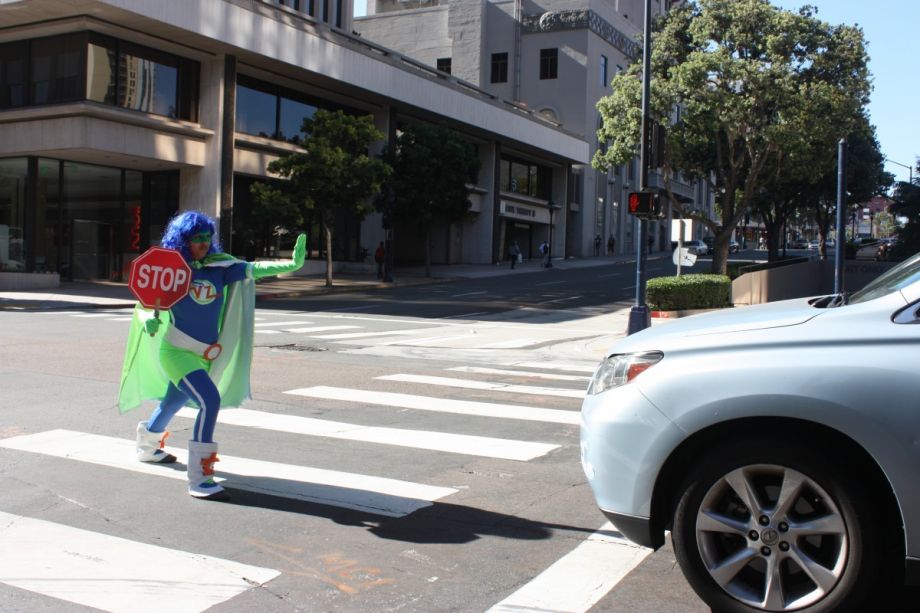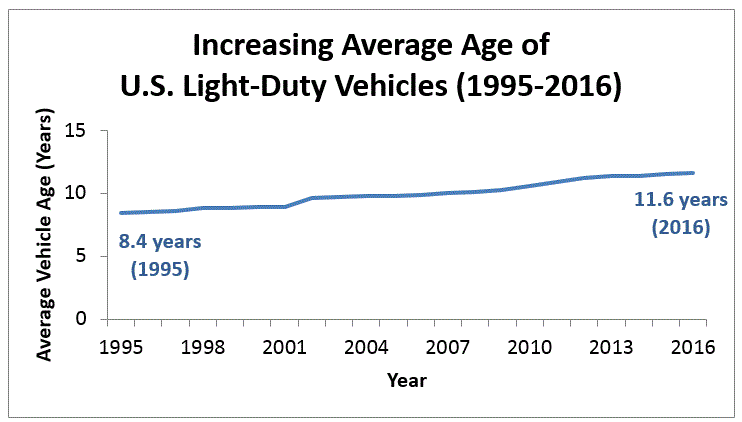What City Observatory did this week
Let’s fight congestion with a PR campaign. For decades, when pressed to do something to improve road safety, city and state transportation officials have responded with . . . marketing campaigns. As the federally funded publicity around October’s National Pedestrian Safety Month makes clear, this mostly amounts to shifting blame for dangerous roads to vulnerable road users. We’re told safety is a “shared responsibility.”

Our modest proposal suggests that transportation officials ought to apply this same approach to fighting congestion: A good marketing campaign could make it clear that traffic congestion is a product of lots of poor decisions by travelers, and that we should all take personal responsibility for our contribution to and exposure to traffic congestion. If we used that approach to congestion, the billions we save could be used to dramatically improve safety.
Must read
1. Environmental Justice has to be more than just a procedural step. It’s well known that the nation’s urban freeways sliced through and devastated many communities of color, and that’s prompted requirements that today’s environmental review processes for big transportation projects require a consideration of environmental justice (EJ). But too often, highway builders treat these EJ requirements as just another check-box to tick off in a largely bureaucratic process. Maryland Delegate Sara Love, who represents a district bisected by freeways, points out that this purely procedural approach to EJ ignores the ongoing damage that roads (and the traffic and pollution they generate) continue to have today. She writes:
In the 1960s the construction of Interstate 495 cut through the heart of many communities of color and low-income communities without consideration of their existence, their survival or their character and caused them great harm. Here we are, 60 years later and the Hogan administration is doing the same thing with its I-495 highway widening project. . . . The responsibility of the government — and the right thing to do — is not to exacerbate prior injustices, but to reverse them.
Tweeting about a similar dynamic in the Portland metro area, Transit Center’s David Bragdon likens the efforts to superficially address environmental justice as asking local residents to design the artwork that can be stenciled on the sides of the napalm bombs the DOT has already determined it will be dropping on your neighborhood. As long as we treat environmental justice as a procedural step, rather than a measurable, substantive requirement, we’ll get these kinds of results.
2. We’re holding on to cars and trucks longer, and that’s a threat to the environment. One of the key assumptions in many climate strategies is that we’ll start building cleaner vehicles (either electric or lower emission internal combustion cars), and that as consumers replace their existing vehicles, we’ll reduce emissions. Plans that call for all cars to be electric by 2035 or 2040 invariably refer only to newly purchased cars. But consumers are hanging on to their cars longer now than ever, and these older, dirtier cars mean higher levels of pollution, and less impact from new car requirements. Over the past two decades, the average age of cars on the road has increased about 30 percent; and since the average is 11.6 years, many of the cars on the road are more than 15 or 20 years old. This means that many of the cars sold today will be on the road in 2035 or 2040.
It’s possible we’ll look more and more like Cuba, where in 1950s era Fords and Chevies have been kept on the road indefinitely. Ultimately, we need strategies, like carbon pricing, that discourage the use of high polluting vehicles.
New Knowledge
The real cost of driving. We drive a lot in the US because many of the social and environmental costs associated with driving are shifted to the public at large, rather than paid directly by those who drive. The subsidies are buried in a complex web of taxes and regulations (like parking requirements) that make businesses and homes more expensive to keep driving cheaper. We pay for the health and safety costs of driving through a range of general taxes. How much would it cost to drive if we asked drivers to take responsibility for all the costs their decisions impose on others?
A study from the UK attempts to work out those costs. The estimates are specific to the UK, but are a good rough indicator of total costs. The bottom line: the social and environmental costs of driving gasoline powered cars work out to about 11.5 euro cents per kilometer traveled. Translated into dollars (at 1.18 USD/Euro) and miles (at .62 miles/kilometer) that means that the social and environmental costs of driving are about 22 cents per mile.
In the US, of course, gas taxes are just a tiny fraction of that amount: The federal gas tax is about 18 cents per gallon; the median state has a gas tax of about 30 cents per gallon. With cars averaging about 20 miles per gallon fuel consumption, that means that they’re paying about 2.5 cents per mile traveled, barely more than 10 percent of the social and environmental costs of driving. In a world where drivers stepped up and took direct responsibility for the costs they impose on others, they be paying 8 to 10 times more in road taxes than we currently charge in the US.
David Newbery, Transport Policy for a Post-Covid UK, Cambridge Working Papers in Economics: 2081. 7 August 2020
In the News
GreenBiz republished Joe Cortright’s commentary on the inequity of charging fares for the use of transit while allowing people to use the public right of way for private car storage either for free or at vastly discounted prices.


